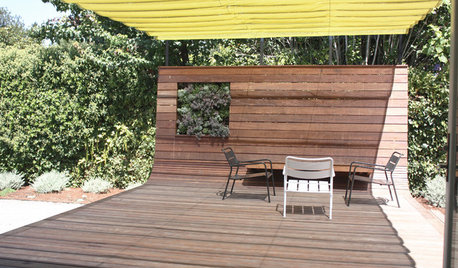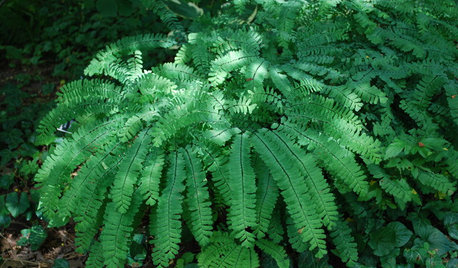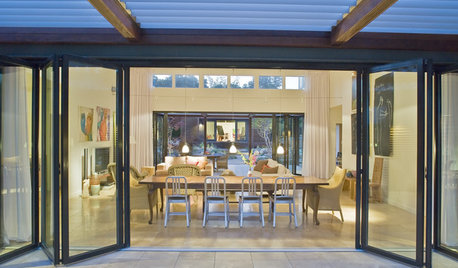Questions about an Eco-water, water softener
baymee
14 years ago
Featured Answer
Sort by:Oldest
Comments (34)
baymee
14 years agoRelated Professionals
Hillcrest Heights Handyman · Biloxi Kitchen & Bathroom Remodelers · Cocoa Beach Kitchen & Bathroom Remodelers · Elk Grove Village Kitchen & Bathroom Remodelers · Lynn Haven Kitchen & Bathroom Remodelers · Lyons Kitchen & Bathroom Remodelers · Newberg Kitchen & Bathroom Remodelers · Oklahoma City Kitchen & Bathroom Remodelers · Overland Park Kitchen & Bathroom Remodelers · Schiller Park Kitchen & Bathroom Remodelers · Southampton Kitchen & Bathroom Remodelers · Spokane Kitchen & Bathroom Remodelers · Tuckahoe Kitchen & Bathroom Remodelers · Vashon Kitchen & Bathroom Remodelers · Fairmont Kitchen & Bathroom RemodelersUser
14 years agobaymee
14 years agoUser
14 years agobaymee
14 years agoUser
14 years agobaymee
14 years agoUser
14 years agobaymee
14 years agoUser
14 years agobaymee
14 years agodan_martyn
14 years agoUser
14 years agobaymee
14 years agobaymee
14 years agoUser
14 years agobaymee
14 years agoUser
14 years agobaymee
14 years agoUser
14 years agobaymee
14 years agobaymee
14 years agobaymee
14 years agoUser
14 years agobaymee
14 years agoUser
14 years agoUser
14 years agobaymee
14 years agoUser
14 years agobaymee
14 years agoUser
14 years agoUser
14 years agobaymee
14 years ago
Related Stories

DECKSA Family-Friendly California Yard Wises Up About Water
Pavers and unthirsty plants replace Kentucky bluegrass in a Menlo Park landscape for a family of 4
Full Story
SAVING WATER11 Ways to Save Water at Home
Whether you live in a drought-stricken area or just want to help preserve a precious resource, here are things you can do to use less water
Full Story
HEALTHY HOMEHow to Choose a Home Water Filtering System
Learn which water purification method is best for your house, from pitchers to whole-house setups
Full Story
GREAT HOME PROJECTSHow to Switch to a Tankless Water Heater
New project for a new year: Swap your conventional heater for an energy-saving model — and don’t be fooled by misinformation
Full Story
GREEN BUILDINGConsidering Concrete Floors? 3 Green-Minded Questions to Ask
Learn what’s in your concrete and about sustainability to make a healthy choice for your home and the earth
Full Story
GARDENING GUIDESGreat Design Plant: Palo Blanco Softens Sharp Desert Angles
Willowy foliage and creamy white bark give this tree a delicate beauty, but its constitution is tough
Full Story
GARDENING GUIDESGreat Design Plant: Northern Maidenhair Fern Softens Shade Gardens
Stir up some romance in dark corners with the billowy fronds of native Adiantum pedatum
Full Story
ARCHITECTURE10 Things to Know About Prefab Homes
Are prefab homes less costly, faster to build and greener than homes constructed onsite? Here are answers to those questions and more
Full Story
GREEN DECORATING8 Questions to Help You See Through Green Hype
With the ecofriendly bandwagon picking up some dubious passengers, here's how to tell truly green products and services from the imposters
Full Story
LIFEThe Top 5 Ways to Save Water at Home
Get on the fast track to preserving a valuable resource and saving money too with these smart, effective strategies
Full Story






User